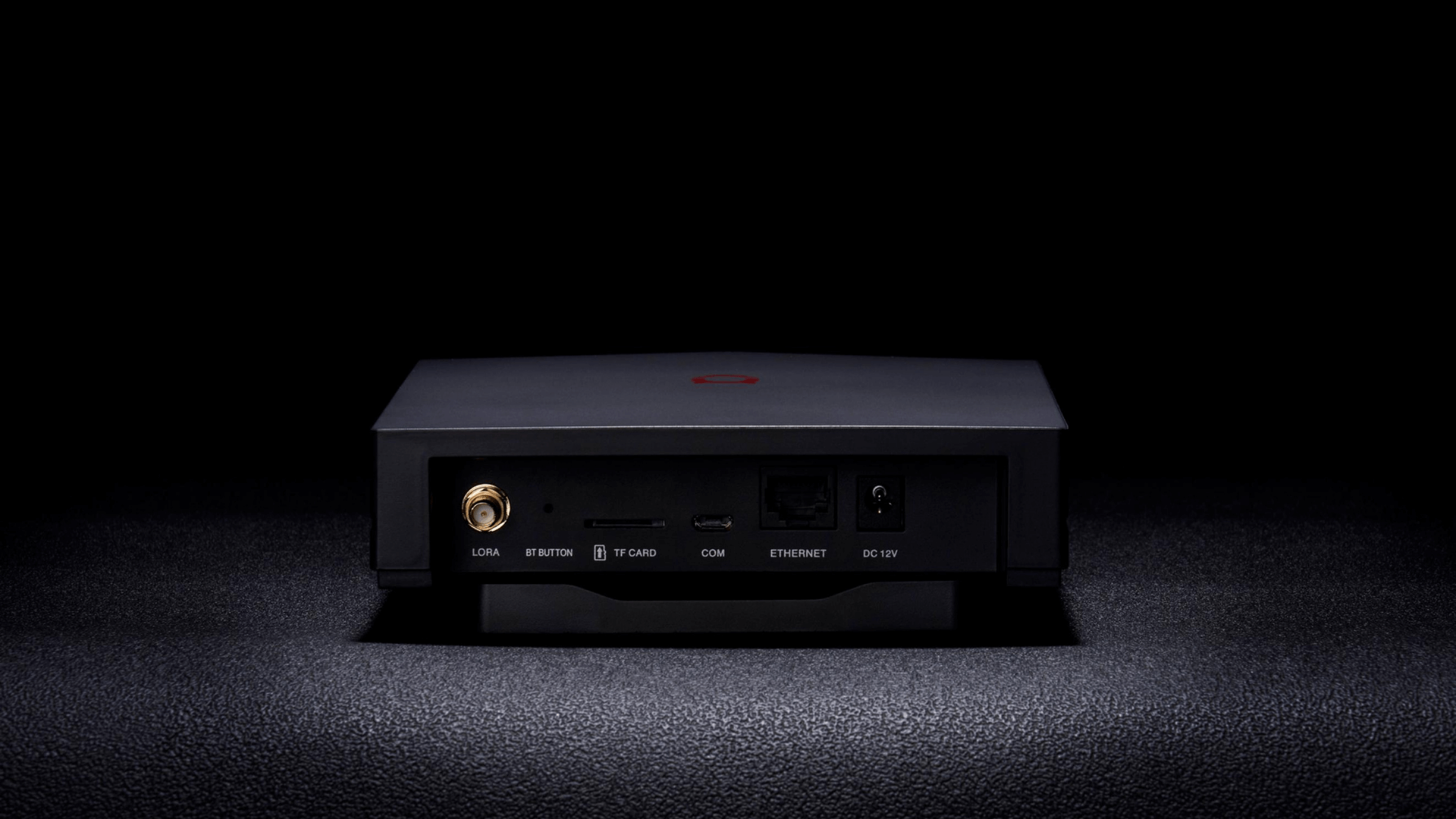Bobcat 300 is dead, long live Bobcat 300
Reviving Bobcat 300 Helium miners with a minimal Docker based Helium gateway stack

With Bobcat officially out of business, many Bobcat 300 Helium miners have become paperweights. These devices were built around solid hardware and are still capable of operating as LoRa gateways. The problem is that the original software stack is no longer supported, and much of it was built around mining-specific infrastructure that's no longer relevant or maintained.
I created Bobcat300-DebianMinimalDocker to give these devices a second life. It provides a simple, containerized setup that runs only the essential Helium gateway components using Docker Compose. No dashboard, no mining functions, no extra packages—just a clean, minimal gateway.
This setup is built for users who want to repurpose their Bobcat 300 hardware for community or private LoRaWAN networks, or to continue supporting Helium's IoT network without relying on outdated vendor software.
What It Is
Bobcat300-DebianMinimalDocker is a lightweight Docker Compose configuration that runs the Helium LoRa gateway stack on a Bobcat 300 using a custom Debian image.
It includes only two containers:
heliumdiy/sx1302_halfor the Semtech packet forwarderquay.io/team-helium/miner:gateway-latestfor the official Helium gateway software
This setup is based on the work of sicXnull, who created a custom Debian build for the Bobcat 300 (G285 variant). My goal with this project was to take that foundation and remove everything that wasn't necessary to operate a functional gateway.
Who It Is For
This project is for anyone who:
- Owns a Bobcat 300 miner and wants to reuse it
- Prefers a minimal, containerized setup
- Does not need a web dashboard or frontend
- Wants to reduce system load and complexity
If you want a lightweight, reliable gateway that you can maintain yourself without relying on discontinued software or cloud services, this is a good starting point.
How To Set It Up
1. Start From a Clean Debian Base
If you're using the sicXnull Debian image, it likely includes some additional services (such as a dashboard and related packages). To prepare the system for this minimal setup:
sh /var/dashboard/uninstall.sh
apt remove php* nginx* strongswan* openvpn*
reboot